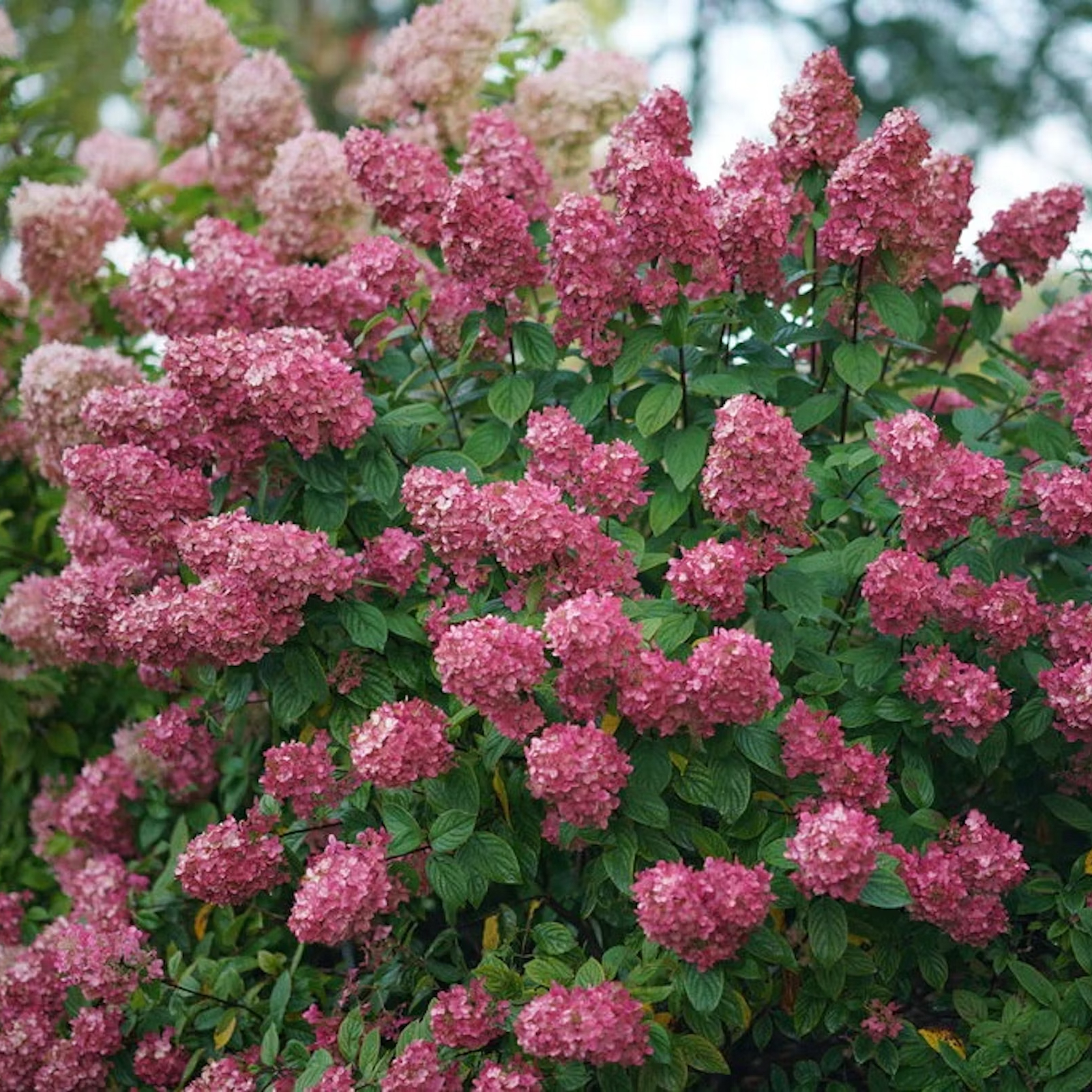Hydrangea Landscape Uses – 5 Beautiful Ideas To Try In Your Yard This Year
Hydrangeas can add a vibrant element to your garden and there are numerous landscape uses for these blooming beauties. Gorgeous hydrangea ideas abound!
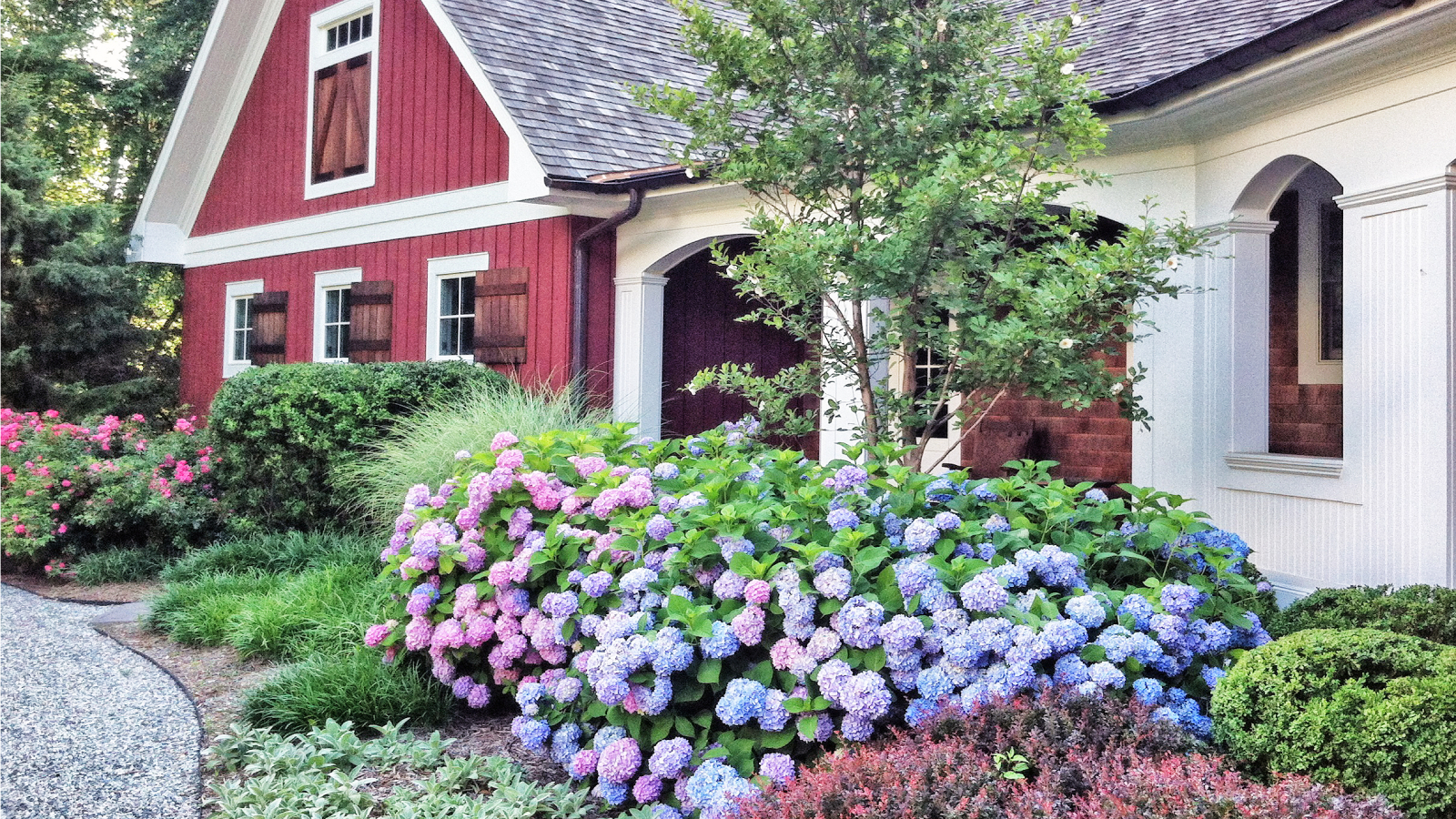

Amy Draiss
Landscaping with hydrangeas has long been popular for many reasons. Hydrangeas come in several types and varieties, including native species. You can find small and large shrubs and even hydrangeas that grow more like trees.
Growing hydrangeas is popular because they bloom for a long period with large, showy clusters of smaller flowers and are easy to grow. They add romance, whimsy, and great color to any garden. If you’re new to them but eager to add them to your garden, use these hydrangea landscaping ideas as a launch point.
1. Single Plantings
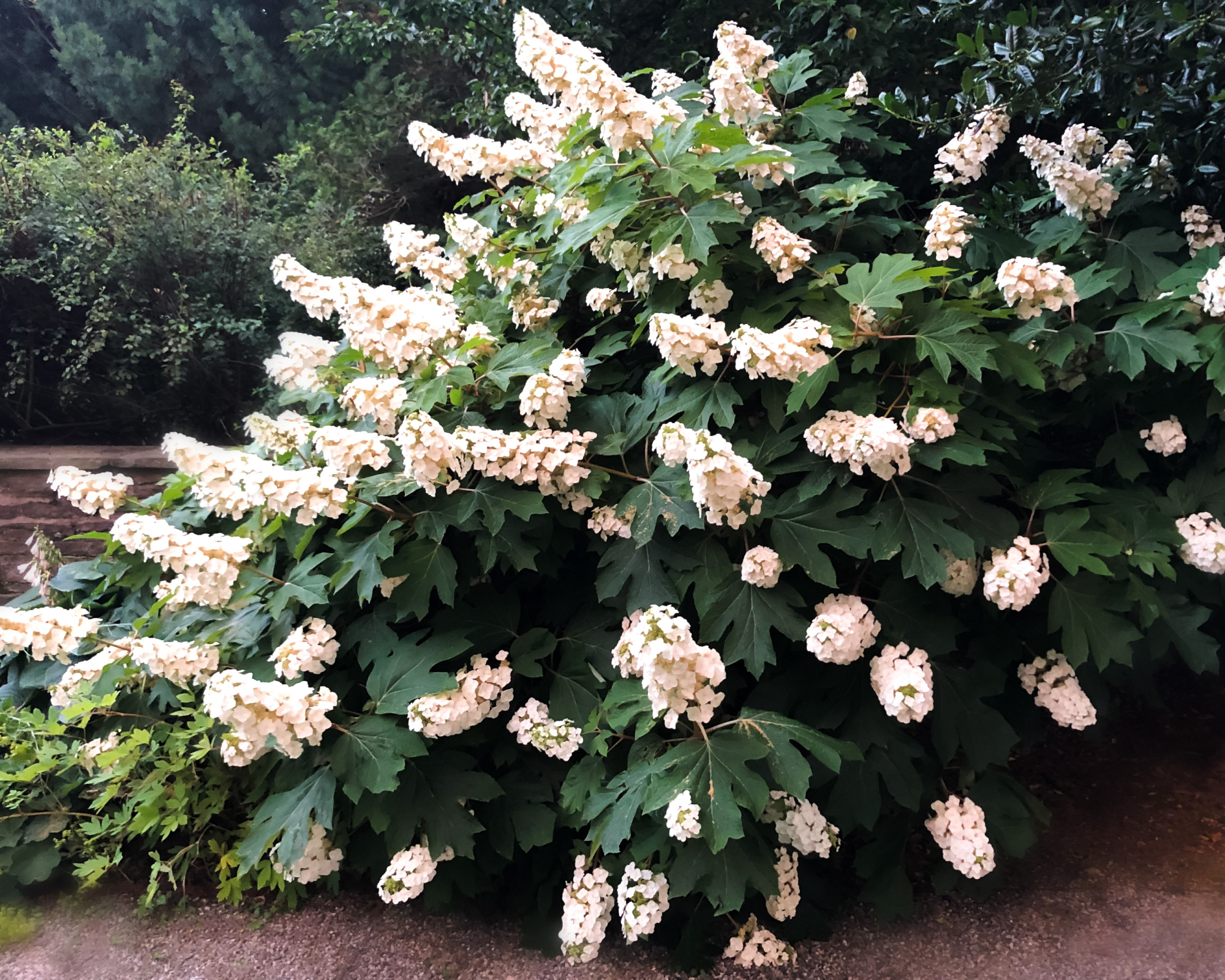
Choose the right hydrangea, and it will shine as a single planting in a bed surrounded by smaller annuals or contrasting perennials. A big oakleaf hydrangea is a good choice for single plantings. This native species can grow quite large and offers year-round visual interest with color-changing summer flowers, fall color, and dried flowers that stay in place all winter. Panicle hydrangeas are another good option for a single planting. This type of hydrangea can grow very tall and be trimmed into a tree shape by selectively pruning for one leading stem.
2. Groupings
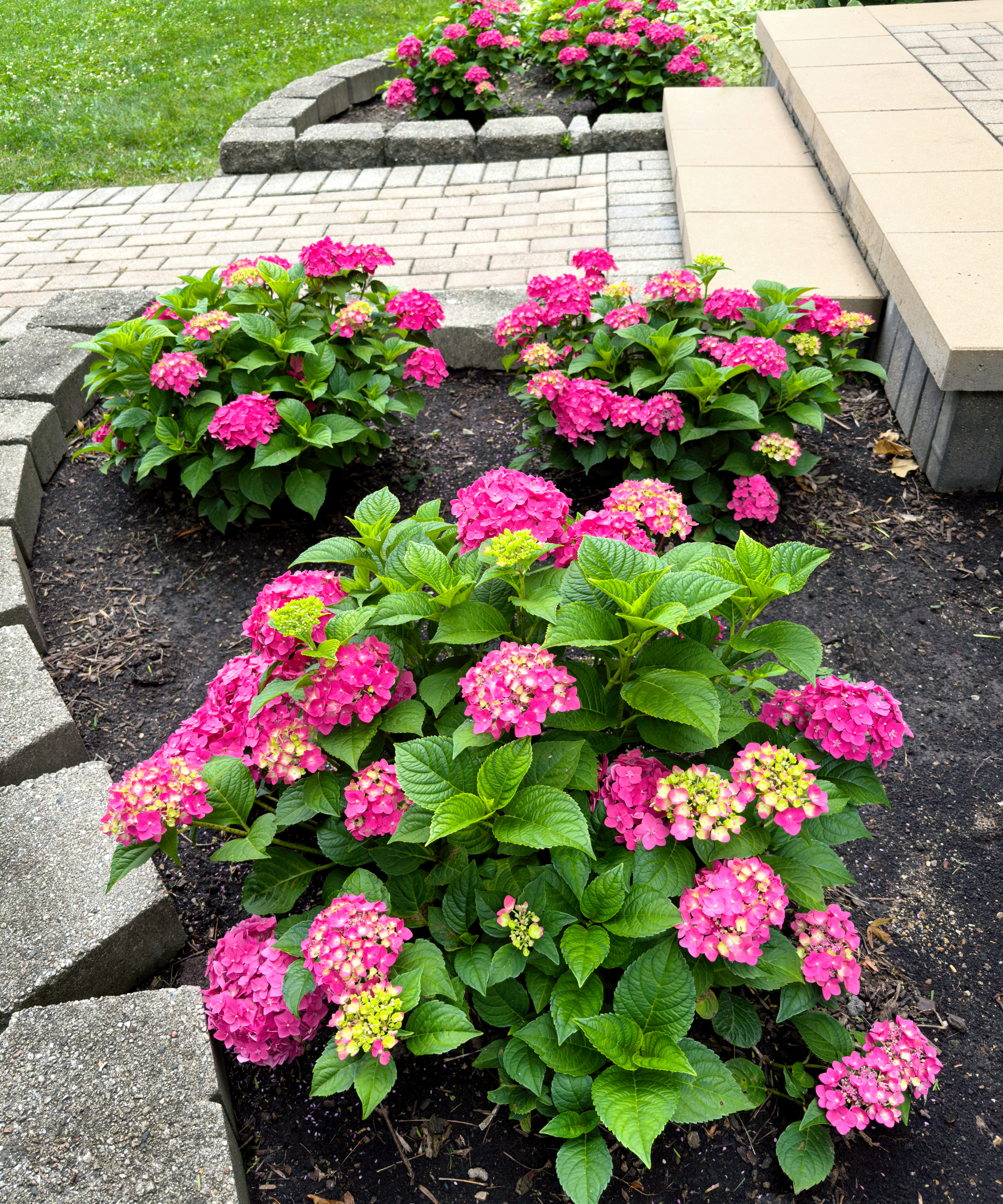
Hydrangeas also look nice when grouped together to showcase their pretty foliage and showy flowers. Stagger smaller shrubs in a bed to create a natural look as the shrubs grow larger and fill in the spaces between them. Repetition in landscape design helps to create harmony, and an odd number of grouped plants is more visually appealing than an even number. Clusters of three hydrangea plants will please the eye as your gaze travels across the landscape, according to the Rule of Three in landscape design.
3. Foundation Plantings
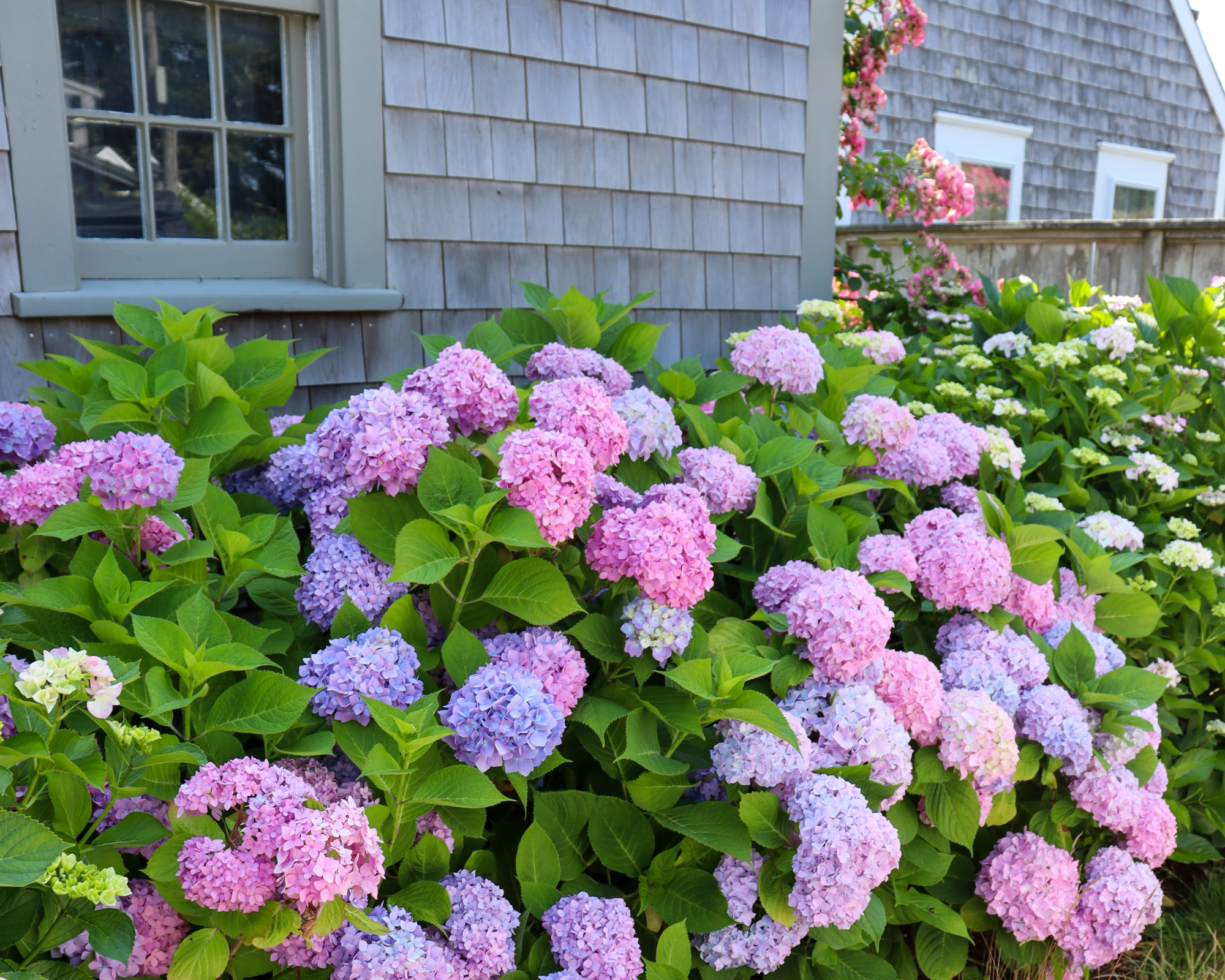
Of the many hydrangea landscape uses, this is one of the most popular. They add excellent curb appeal when planted around the base of the house. Smooth hydrangeas are generally smaller than other types and provide a good foundation for beds close to the house that won’t block light from windows. They produce spectacular round clusters of flowers like pom poms.
4. Borders
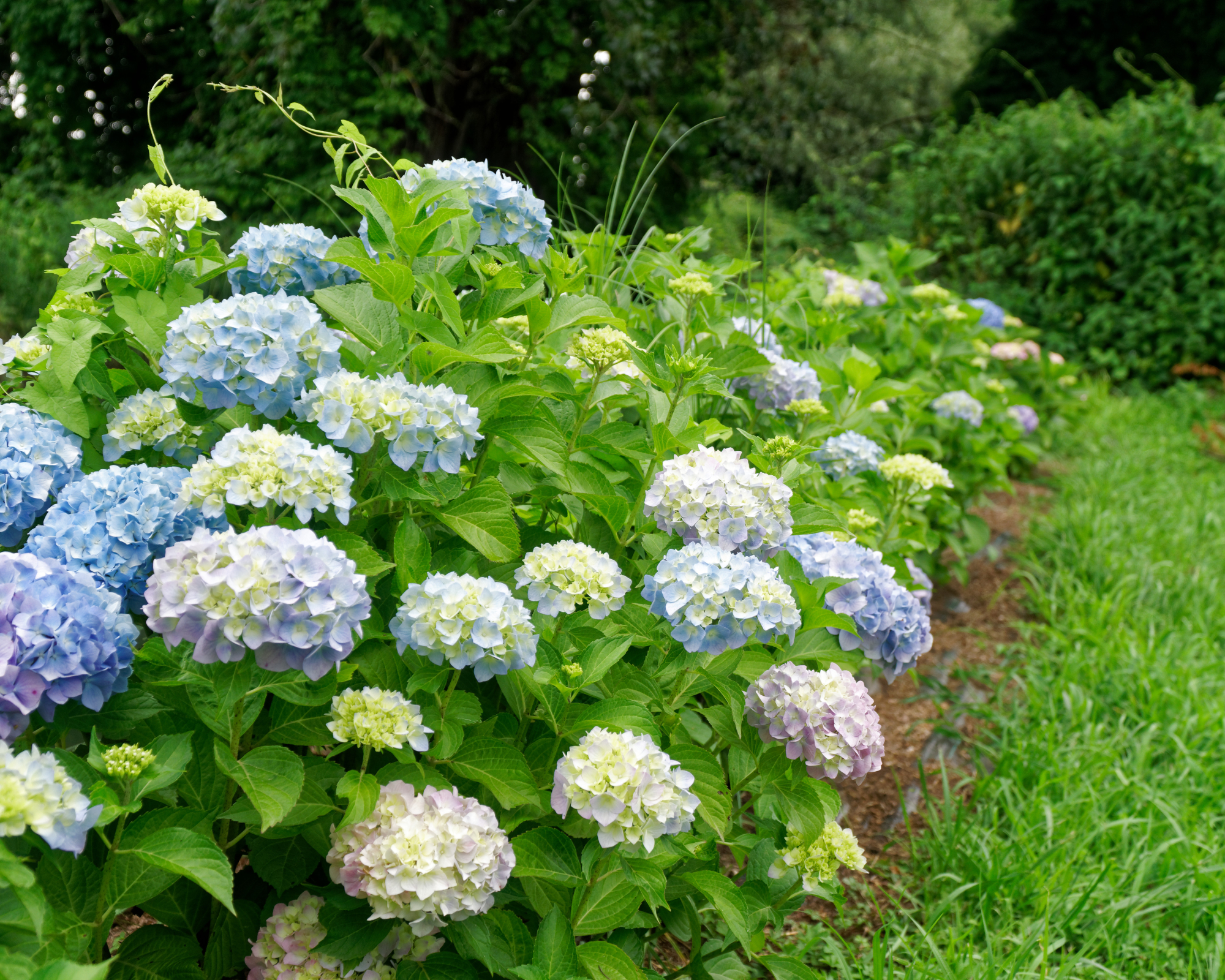
Of the many landscaping ideas with hydrangeas, this one is underutilized. Hydrangeas might not come to mind initially when thinking of hedges and borders, but they suit this use well.
Choose smaller varieties for low borders and big hydrangeas, like oakleaf types, for larger privacy screens. Hydrangeas don’t need a lot of trimming, as they have a pleasing natural growth habit, but if used as borders, you’ll need to spend more time pruning.
Sign up for the Gardening Know How newsletter today and receive a free copy of our e-book "How to Grow Delicious Tomatoes".
5. Vertical Planting
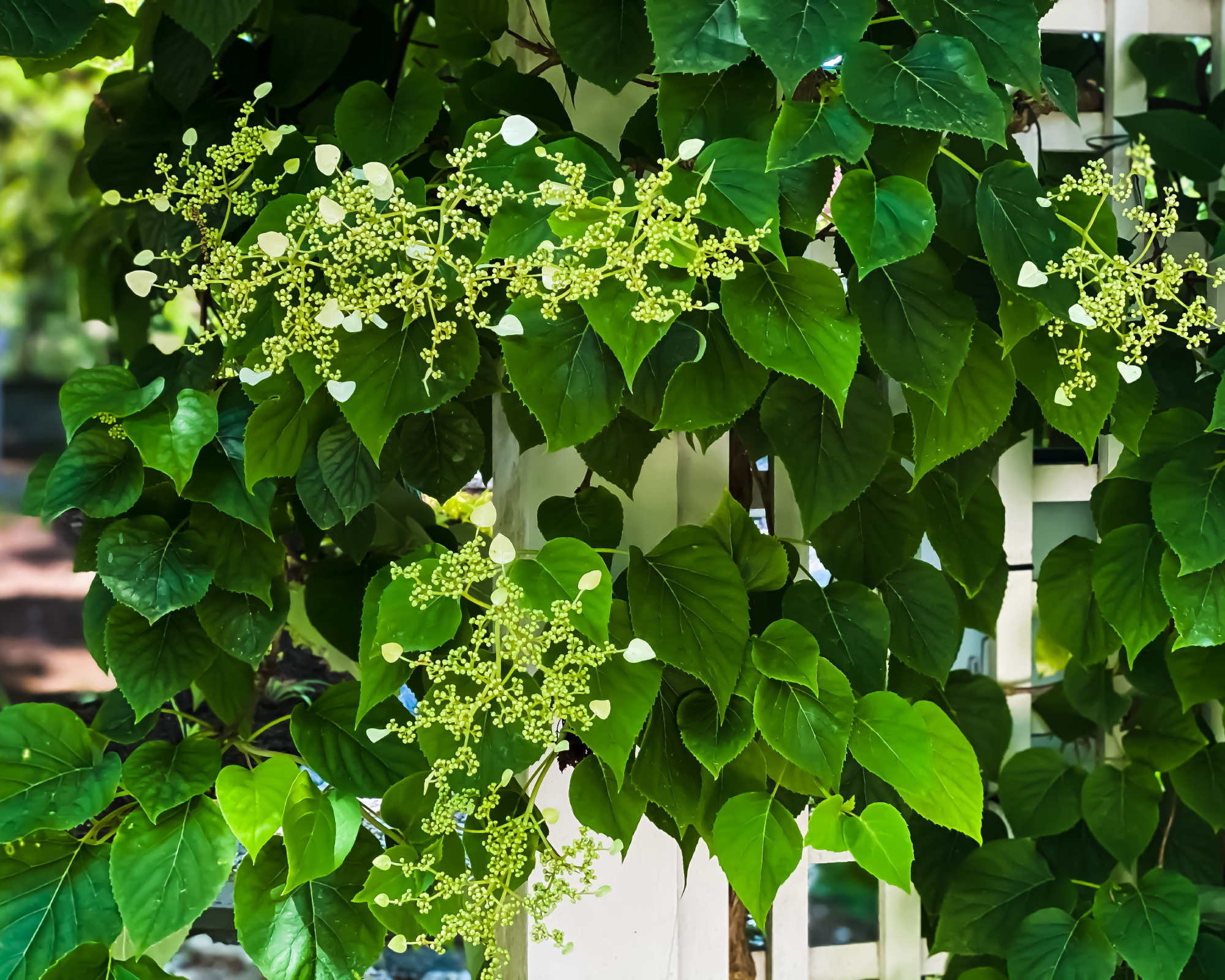
Although not seen as often in gardens as shrub hydrangeas, Hydrangea anomala is a great choice for vertical spaces. This climbing hydrangea that blooms with lacecap clusters of flowers can be found in the Gardening Know How Shop. It attaches to surfaces with rootlets and spreads up and out. You can use it to cover a wall or trellis, but be aware that it grows slowly.
What To Plant With Hydrangeas
Now that you have some ideas for hydrangea landscaping, consider which plants will go with them. Because they are larger, it’s a good idea to start by planning and placing hydrangeas and then filling in the spaces around them with smaller hydrangea companion plants . You can use both perennials and annuals for a look that will vary with each year.
Because they grow well in shade and are also easy to grow, use hosta plants under your larger hydrangeas. Daylilies also look nice around hydrangeas and offer contrasting foliage texture and bright flower colors. Use azaleas near hydrangeas for spring flowers that extend the color in the bed.
For annuals, try begonias or impatiens, which thrive in the shade under large shrubs. Another shade lover, ferns add interesting texture to contrast the large leaves of your hydrangeas.
Frequently Asked Questions
Where Should You Not Plant Hydrangeas?
Planting locations and conditions depend on the type of hydrangea. In general, avoid planting them in areas with wet soil that doesn’t train well. They won’t tolerate wet roots. Because hydrangeas can be medium or large in size, don’t plant them under trees where they will become crowded or have to compete for root space in the soil.
How Do You Lay Out Hydrangeas?
How you lay out hydrangeas in the garden depends on the type of hydrangea, its mature size, and its sunlight needs. If planting hydrangeas together, space them by about three to four feet (0.9 to 1.2 m). Also consider aesthetics when planting hydrangeas. They can go in a straight line to create a hedge or be staggered in a bed for a more natural look.

Mary Ellen Ellis has been gardening for over 20 years. With degrees in Chemistry and Biology, Mary Ellen's specialties are flowers, native plants, and herbs.
- Amy DraissDigital Community Manager
